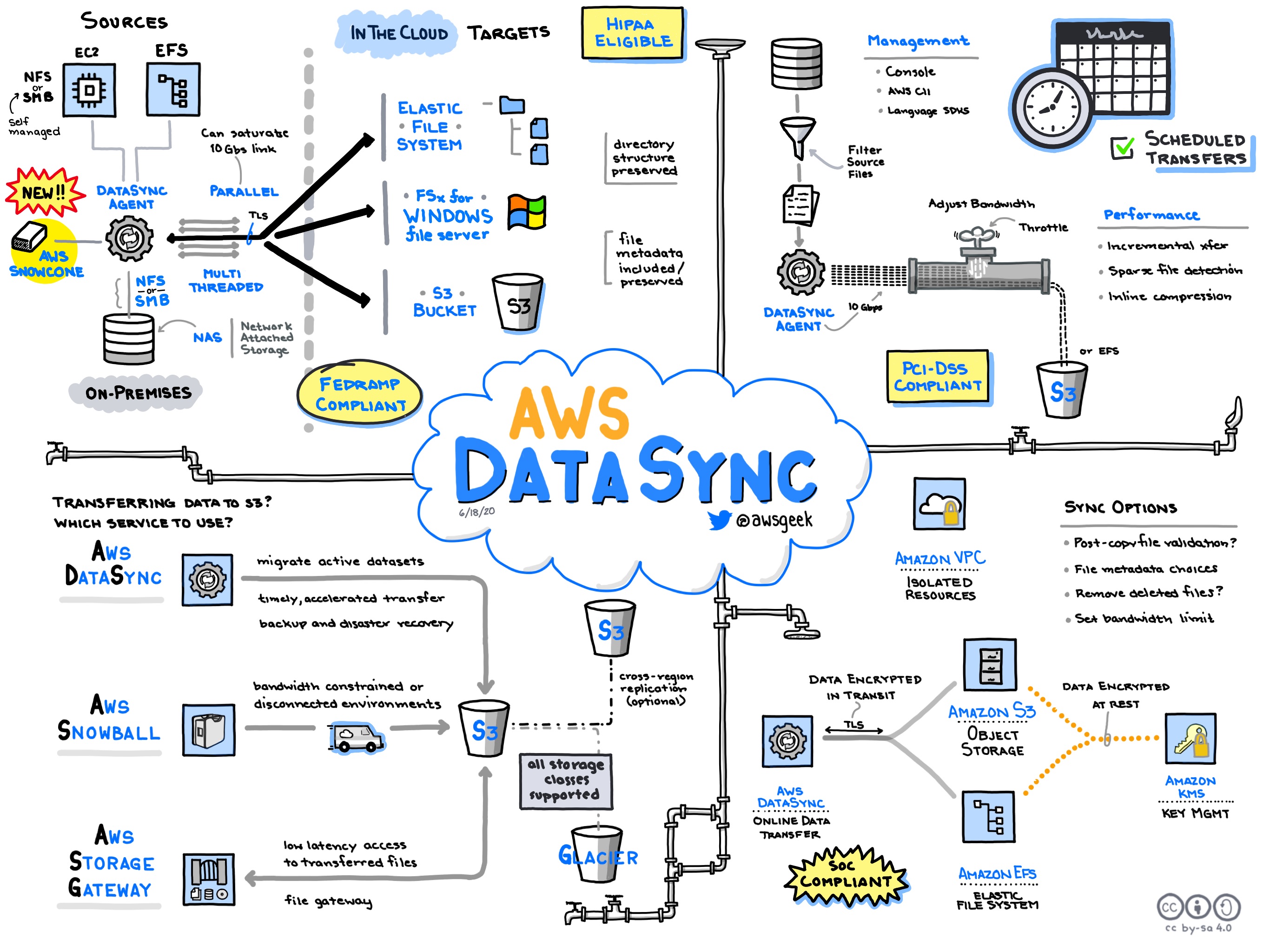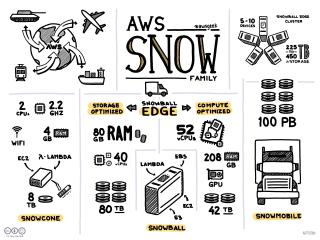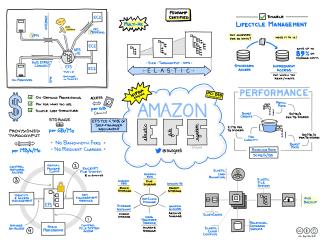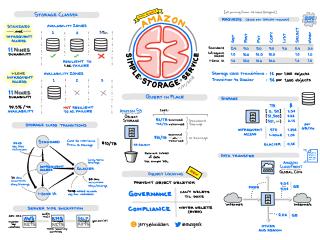
AWS DataSync is a fully managed data transfer service that simplifies moving large amounts of data between on-premises storage systems and AWS storage services. With the ever-increasing demand for seamless data migration and synchronization, AWS DataSync offers a well-integrated solution for transferring data using AWS infrastructure. Its capabilities allow developers and IT administrators to migrate datasets effectively, whether for backup, archiving, analytics, or application development. By leveraging this service, organizations can ensure data accuracy, reduce manual oversight, and increase operational efficiency.
Use Cases
AWS DataSync serves various use cases, making it a versatile tool for IT professionals. Data migration is a primary use case as companies transition from on-premises to cloud environments for scalability and cost-effectiveness. Organizations can automate and accelerate the transfer of file-based data over the internet or through AWS Direct Connect to Amazon S3, Amazon EFS, and Amazon FSx for Windows File Server. It is also beneficial for continuous data transfer in hybrid storage setups, ensuring data consistency across on-premises and cloud platforms. Moreover, DataSync is crucial for data archiving and retention strategies, enabling seamless transfers to S3 for cold storage. It also assists in disaster recovery setups, where data needs to be regularly updated in a safe, remote location.
Pricing
Pricing for AWS DataSync is structured around the quantity of data transferred. Costs are calculated based on the amount of data copied and the direction of the transfer (into or out of AWS). Users can expect to pay per GB of data transferred. Although AWS provides a detailed pricing guide, it's important to note that additional costs may incur from the use of other AWS resources during data transfer, such as Amazon S3 storage or Amazon EFS resources. There are no upfront commitments, and the service is pay-as-you-go, offering flexibility especially for businesses with fluctuating data transfer needs.
Scalability
AWS DataSync is designed to handle large-scale data migrations efficiently, supporting the transfer of millions of files in a single task. It achieves this scalability by paralleling the transfer processes, automatically managing network protocols, and optimizing the data flow. The service automatically scales network bandwidth to ensure that transfer speeds are maximized and not bound by on-premises limitations. Thus, whether transferring a few terabytes or petabytes of data, DataSync can adjust to meet the organization's scalability requirements without manual configuration.
Availability
AWS DataSync is a highly available service with robust architecture designed to minimize downtime and data loss. Operating in multiple AWS regions, DataSync can leverage region-specific infrastructure to ensure high reliability and fault tolerance. The service is built to handle failures gracefully, with automatic retry mechanisms and checkpointing features that maintain data integrity during transfer. This ensures that organizations can depend on DataSync for critical data transfer tasks without concerns over availability issues.
Security
Security is paramount in AWS DataSync, which uses industry-standard encryption protocols for data in transit. This includes support for TLS encryption, ensuring that data is protected against interception or interference while being transferred to or from AWS services. Additionally, DataSync can integrate with AWS Identity and Access Management (IAM) for secure access control, providing users with granular permissions over who can create and manage DataSync tasks. AWS CloudTrail is supported for monitoring and logging DataSync API activities, aiding in auditing and compliance efforts.
Competition
AWS DataSync faces competition from similar services offered by other cloud providers, each with unique features and capabilities. Microsoft Azure offers Azure Data Box, which facilitates offline and online data transfers to and from Azure, making it useful for large data migrations Microsoft Azure Data Box. Google Cloud offers Transfer Service for on-premises data, a service designed to manage large-scale data transfers with robust security and transfer acceleration features Google Cloud Transfer Service. Alibaba Cloud provides Data Transport, which supports data migration to Alibaba Cloud's storage services and ensures secure and efficient data transfer Alibaba Cloud Data Transport.
In summary, AWS DataSync presents a powerful solution for seamless data transfer requirements, addressing scalability, security, and availability challenges effectively. As cloud adoption grows, comparing DataSync with competitive offerings from Microsoft Azure, Google Cloud, and Alibaba Cloud will be crucial for organizations aiming to choose the best fit for their migration and data management needs.
 AWS Snow Family
AWS Snow Family
 Amazon EFS
Amazon EFS
 Amazon S3
Amazon S3